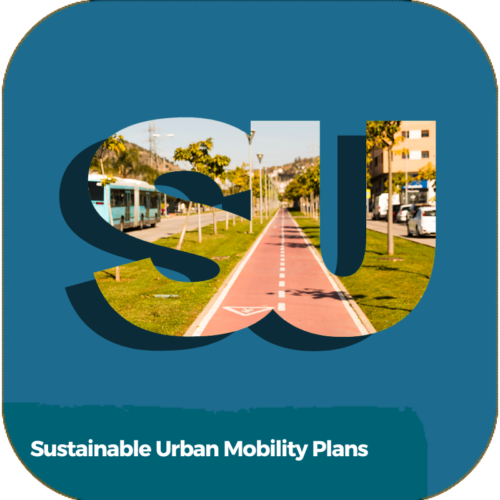Our Grade 3 Set of 20 Texts Books offer comprehensive, research-based support for English-learning students. We build our Text Books using the best teaching methods, learning modalities, and language integration research. These Text Books ful fill students’ needs, adapting to their learning capacity and equipping them for success in and beyond the classroom.
-
 Our Grade 1 Text Book offers comprehensive, research-based support for English-learning students. We build our Text Books using the best teaching methods, learning modalities, and language integration research. These Text Books ful fill students’ needs, adapting to their learning capacity and equipping them for success in and beyond the classroom.
Our Grade 1 Text Book offers comprehensive, research-based support for English-learning students. We build our Text Books using the best teaching methods, learning modalities, and language integration research. These Text Books ful fill students’ needs, adapting to their learning capacity and equipping them for success in and beyond the classroom. -
 Main Objective: Equip military personnel with specialized language skills and communication strategies essential for battlefield scenarios, emphasizing tactical commands and defense-related vocabulary. Course Description: This course delves into advanced tactical communication tailored for battlefield conditions, with a focus on defense language vocabulary critical for command and coordination. Units:
Main Objective: Equip military personnel with specialized language skills and communication strategies essential for battlefield scenarios, emphasizing tactical commands and defense-related vocabulary. Course Description: This course delves into advanced tactical communication tailored for battlefield conditions, with a focus on defense language vocabulary critical for command and coordination. Units:- Introduction to Defense Language in Tactical Communication
- Tactical Commands and Communication Protocols
- Verbal and Nonverbal Cues in Military Contexts
- Communication Strategies for Urban and Wilderness Combat
- Language Skills for Engagement with Local and Allied Forces
- Overcoming Language Barriers in High-Stress Situations
- Scenario-Based Language Application in Combat
- Advanced Simulation Exercises in Defense Communication
-
 Course Description: This course focuses on techniques for integrating various IT systems within a hospital. Participants will learn about system interoperability, data exchange standards, and best practices to ensure seamless integration of healthcare IT systems. Course Outcomes:
Course Description: This course focuses on techniques for integrating various IT systems within a hospital. Participants will learn about system interoperability, data exchange standards, and best practices to ensure seamless integration of healthcare IT systems. Course Outcomes:- Understand the principles of system integration in healthcare.
- Develop strategies for integrating IT systems within a hospital.
- Ensure system interoperability and data exchange.
- Implement data standards for system integration.
- Enhance healthcare operations through seamless system integration.
- Identify key components of system integration in healthcare.
- Develop integration plans for healthcare IT systems.
- Implement interoperability standards for data exchange.
- Monitor and evaluate system integration performance.
- Address challenges in system integration.
- Ensure data integrity and security in integrated systems.
- Develop user training programs for integrated systems.
- Collaborate with IT vendors and healthcare professionals.
- Ensure compliance with regulatory standards for system integration.
- Review case studies to apply system integration techniques in real-world settings.
- Introduction to System Integration in Healthcare
- Principles of System Integration
- Developing Integration Plans
- Implementing Interoperability Standards
- Monitoring and Evaluating Integration Performance
- Addressing Integration Challenges
- Ensuring Data Integrity and Security
- User Training Programs for Integrated Systems
- Collaborating with IT Vendors and Healthcare Professionals
- Case Studies and Best Practices
-
 Course Description: This course focuses on the development and implementation of sustainable urban mobility plans (SUMPs), including the integration of transport and land use planning, stakeholder engagement, and sustainability assessment. Course Objectives:
Course Description: This course focuses on the development and implementation of sustainable urban mobility plans (SUMPs), including the integration of transport and land use planning, stakeholder engagement, and sustainability assessment. Course Objectives:- Understand the principles of sustainable urban mobility planning.
- Learn about the integration of transport and land use planning.
- Develop strategies for stakeholder engagement in SUMPs.
- Implement sustainability assessment in urban mobility planning.
- Evaluate the impact of SUMPs on urban mobility and sustainability.
- Develop and implement sustainable urban mobility plans.
- Integrate transport and land use planning effectively.
- Engage stakeholders in the urban mobility planning process.
- Assess the sustainability of urban mobility plans.
- Improve urban mobility and sustainability through SUMPs.







